In the end I discovered the root of this problem was the fact that the convex hull contained lots of triangles, whereas my input shapes were often cube-shaped, making each quadrilateral region appear as 2 triangles which had extremely similar plane equations, causing some sort of problem in the algorithm I was using.
I solved it by "detriangulating" the polyhedra, using this code. If anyone can spot any improvements or problems, let me know!
#include <algorithm>
#include <cmath>
#include <vector>
#include <CGAL/convex_hull_traits_3.h>
#include <CGAL/convex_hull_3.h>
typedef Kernel::Point_3 Point;
typedef Kernel::Vector_3 Vector;
typedef Kernel::Aff_transformation_3 Transformation;
typedef CGAL::Polyhedron_3<Kernel> Polyhedron;
struct Plane_from_facet {
Polyhedron::Plane_3 operator()(Polyhedron::Facet& f) {
Polyhedron::Halfedge_handle h = f.halfedge();
return Polyhedron::Plane_3(h->vertex()->point(),
h->next()->vertex()->point(),
h->opposite()->vertex()->point());
}
};
inline static double planeDistance(Plane &p, Plane &q) {
double sc1 = max(abs(p.a()),
max(abs(p.b()),
max(abs(p.c()),
abs(p.d()))));
double sc2 = max(abs(q.a()),
max(abs(q.b()),
max(abs(q.c()),
abs(q.d()))));
Plane r(p.a() * sc2,
p.b() * sc2,
p.c() * sc2,
p.d() * sc2);
Plane s(q.a() * sc1,
q.b() * sc1,
q.c() * sc1,
q.d() * sc1);
return ((r.a() - s.a()) * (r.a() - s.a()) +
(r.b() - s.b()) * (r.b() - s.b()) +
(r.c() - s.c()) * (r.c() - s.c()) +
(r.d() - s.d()) * (r.d() - s.d())) / (sc1 * sc2);
}
static void detriangulatePolyhedron(Polyhedron &poly) {
vector<Polyhedron::Halfedge_handle> toJoin;
for (auto edge = poly.edges_begin(); edge != poly.edges_end(); edge++) {
auto f1 = edge->facet();
auto f2 = edge->opposite()->facet();
if (planeDistance(f1->plane(), f2->plane()) < 1E-5) {
toJoin.push_back(edge);
}
}
for (auto edge = toJoin.begin(); edge != toJoin.end(); edge++) {
poly.join_facet(*edge);
}
}
...
Polyhedron convexHull;
CGAL::convex_hull_3(shape.begin(),
shape.end(),
convexHull);
transform(convexHull.facets_begin(),
convexHull.facets_end(),
convexHull.planes_begin(),
Plane_from_facet());
detriangulatePolyhedron(convexHull);
Plane bounds[convexHull.size_of_facets()];
int boundCount = 0;
for (auto facet = convexHull.facets_begin(); facet != convexHull.facets_end(); facet++) {
bounds[boundCount++] = facet->plane();
}
...
This gave the desired result (after and before):


